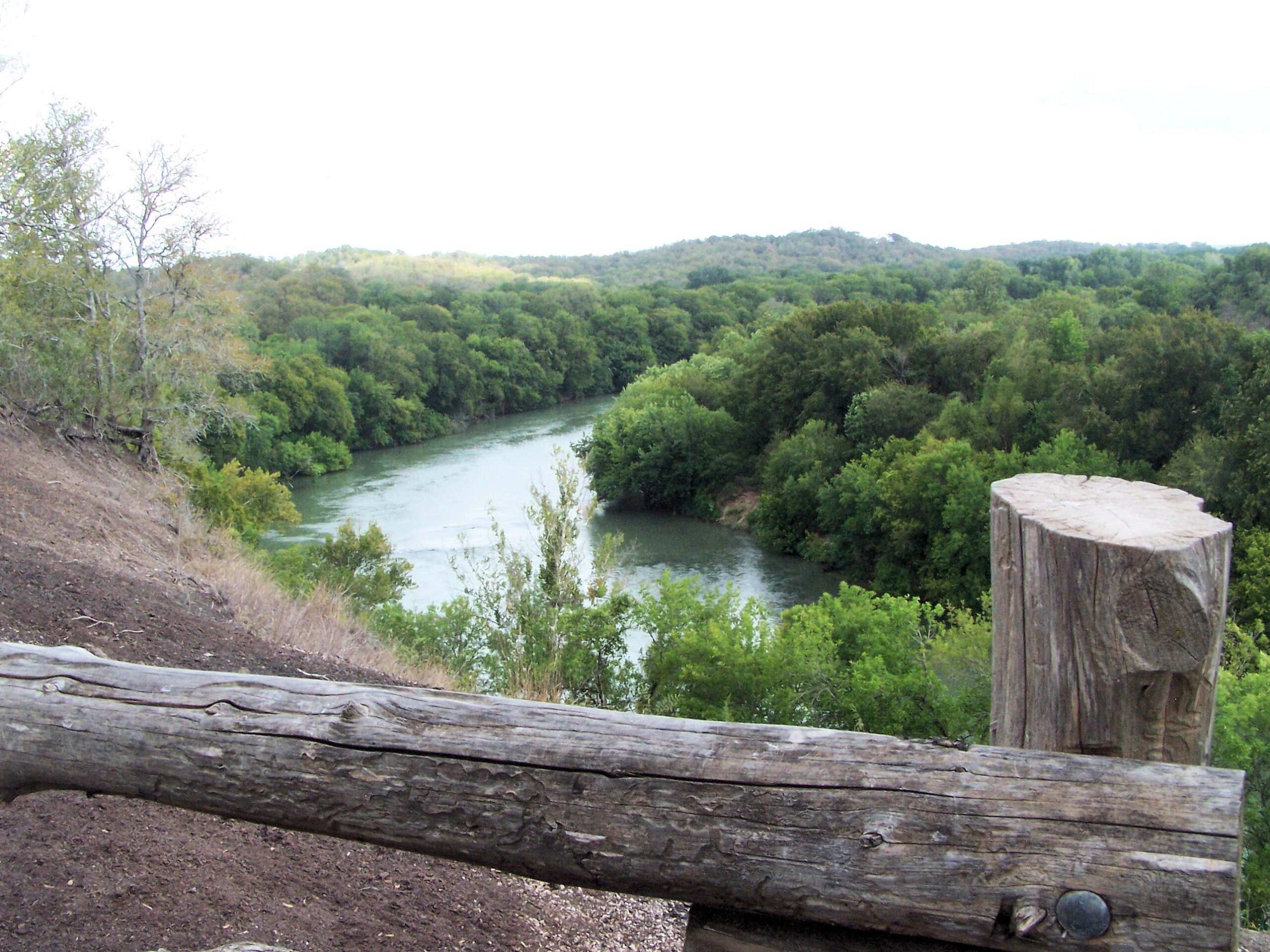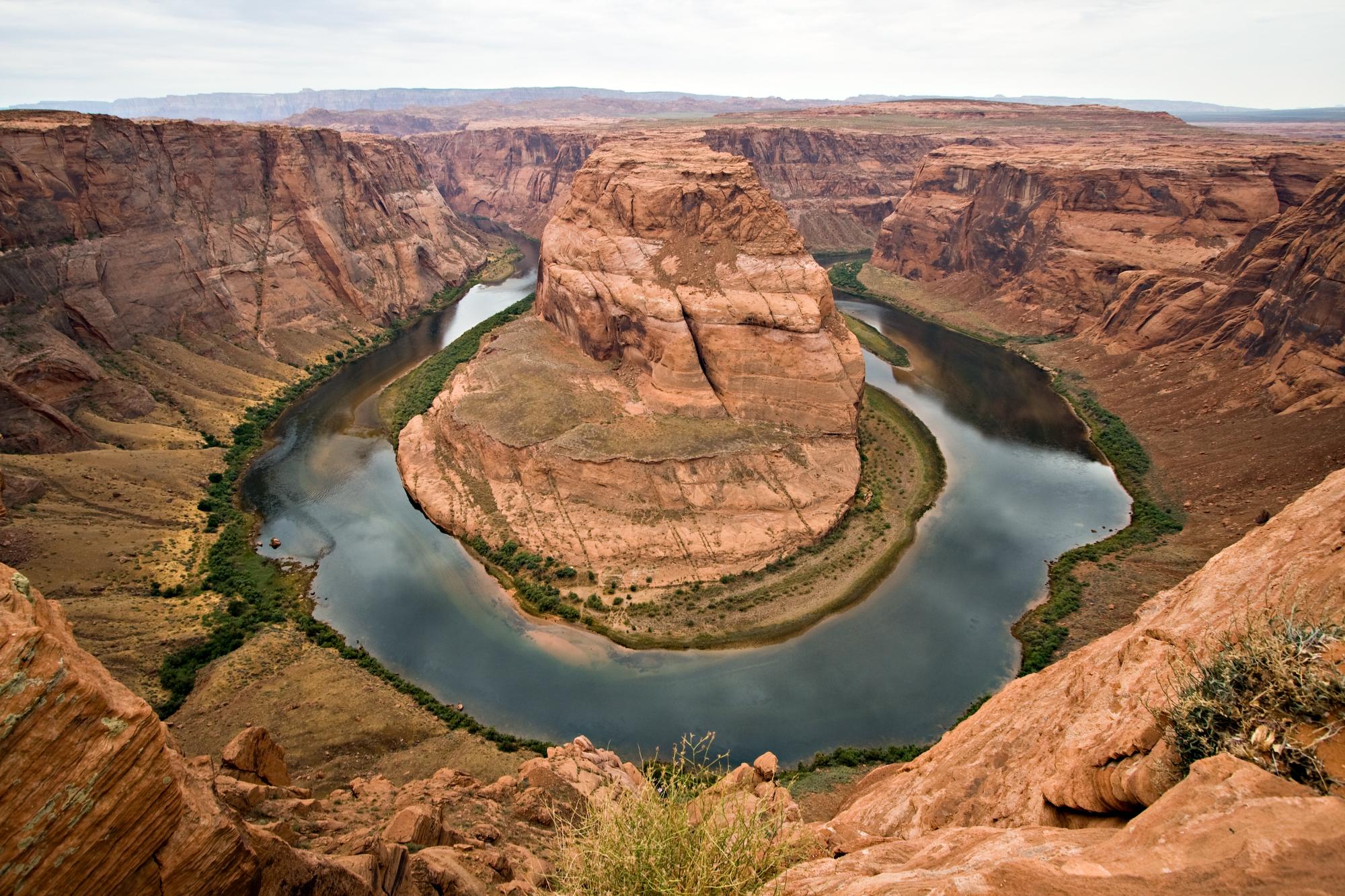The USGS dam releases at Colorado River Parker Dam play a crucial role in water management for the Lower Colorado River Basin. These releases, monitored by the U.S. Geological Survey (USGS) and managed by the Bureau of Reclamation (USBR), impact local ecosystems, recreational activities, and water supply for millions of people. This article provides comprehensive information on current release schedules, historical data, and the broader implications of these water management practices.
What Are the Latest USGS Dam Release Schedules for Parker Dam?

The Bureau of Reclamation (USBR) is responsible for providing the most up-to-date and detailed schedules for water releases from Parker Dam. While the USGS does not directly publish release schedules, they work closely with the USBR to monitor and record water flow data. Here’s what you need to know about the current release schedules:
- Hourly Updates: The USBR updates projected water release schedules for Parker Dam on a daily basis, providing hourly projections.
- Flow Rate Estimates: Based on the operating capacity of the generating units, flow rates can be estimated as follows:
- Near 1/4 capacity: Approximately 1,400 cubic feet per second (cfs)
- Near 1/2 capacity: Approximately 2,000 cfs
- Near 3/4 capacity: Approximately 3,600 cfs
- Near full capacity: Approximately 4,600 cfs
To obtain the most current release schedule, it’s recommended to contact the USBR directly or check their official website for the latest updates.
What Are the Current Dam Releases from Parker Dam?

While specific flow data for November 24, 2024, is not provided in the available sources, we can look at recent measurements and trends:
- Gage Height: As of November 24, 2024, the gage height at Lake Havasu near Parker Dam was recorded at 48.37 feet.
- Historical Comparison: Over the past few weeks, the gage height has remained relatively stable, hovering around 48 feet.
- Trends: No significant changes or unusual patterns have been observed in recent data, suggesting that water levels and flow rates are within normal operational ranges.
It’s important to note that while these measurements provide insight into the current state of the reservoir, they don’t directly translate to release rates. For precise release information, refer to the USBR’s official schedules.
How Do Recent Dam Releases Impact the Local Environment?
The releases from Parker Dam have far-reaching effects on the surrounding ecosystem and human activities:
Ecosystem Impact
- Water Level Stability: Consistent releases help maintain stable water levels in Lake Havasu, which is crucial for aquatic life and riparian habitats.
- Downstream Ecosystems: The controlled releases support ecosystems along the lower Colorado River, helping to maintain habitats for various species.
Recreational Activities
- Boating and Fishing: Stable water levels generally benefit recreational activities on Lake Havasu and the river below Parker Dam.
- Safety Considerations: Boaters and other water users are advised to be cautious due to potential changes in water release rates.
Water Quality
While specific water quality metrics related to dam releases are not provided in the available sources, the USGS does collect water quality data for the area. This data includes parameters such as:
- Inorganic compounds
- Metals
- Nutrients
However, it’s important to note that these measurements are not directly correlated with specific dam release events in the provided information.
What Historical Data Exists for USGS Colorado River Releases at Parker Dam?
Understanding the historical context of dam releases at Parker Dam provides valuable insights into long-term water management strategies:
Key Release Events
While specific key release events are not mentioned in the provided sources, it’s important to understand that releases from Parker Dam are part of ongoing operations to manage the Colorado River Basin. These releases are typically adjusted based on various factors, including:
- Downstream water demands
- Reservoir levels
- Seasonal variations
- Environmental considerations
Changes in Water Management Policies
Over the past decade, significant changes have occurred in water management policies affecting the Colorado River Basin:
- Drought Contingency Plan: The implementation of the Colorado River Basin Drought Contingency Plan has led to more stringent water conservation measures.
- Adaptive Management: Water managers have adopted more flexible approaches to respond to changing climate conditions and water availability.
- Increased Collaboration: There’s been a growing emphasis on interstate and international cooperation in managing the Colorado River’s resources.
These policy changes reflect the ongoing challenges of managing water resources in an increasingly water-scarce environment.
What Role Does the USGS Play in Monitoring Dam Releases?
The USGS plays a crucial role in monitoring and reporting on water conditions related to Parker Dam releases:
- Data Collection: USGS maintains monitoring stations that continuously collect data on water levels, flow rates, and water quality.
- Real-Time Reporting: Through its network of gages, USGS provides real-time data that is essential for water managers and the public.
- Long-Term Analysis: USGS data contributes to long-term studies on water resource trends and climate impacts on the Colorado River Basin.
How Can the Public Access USGS Data on Parker Dam Releases?
The USGS provides several ways for the public to access data related to Parker Dam releases:
- Online Resources:
- USGS Water Data for the Nation website
- Interactive maps and charts
- Mobile Apps: USGS offers mobile applications for real-time water data access
- Data Subscriptions: Users can sign up for email or text alerts for specific monitoring stations
This accessibility ensures that stakeholders, from water managers to recreational users, can make informed decisions based on current river conditions.
What Future Challenges Face Water Management at Parker Dam?
Looking ahead, several challenges may impact future water management strategies at Parker Dam:
- Climate Change: Increasing temperatures and changing precipitation patterns may affect water availability and demand.
- Population Growth: Growing populations in the Lower Colorado River Basin may increase water demand.
- Environmental Conservation: Balancing human water needs with ecosystem preservation will remain an ongoing challenge.
- Technological Advancements: Implementing new technologies for more efficient water use and management.
Addressing these challenges will require continued collaboration between agencies like the USGS, USBR, and various stakeholders in the Colorado River Basin.
In conclusion, the USGS dam releases at Colorado River Parker Dam represent a complex interplay of water management, environmental stewardship, and human needs. By providing crucial data and analysis, the USGS contributes significantly to informed decision-making in this vital water resource management area.
